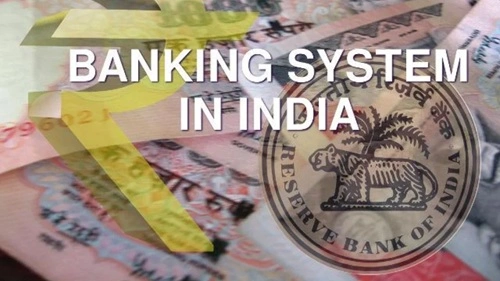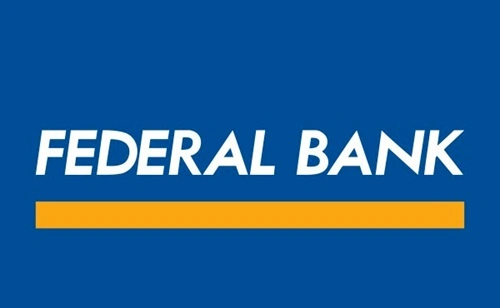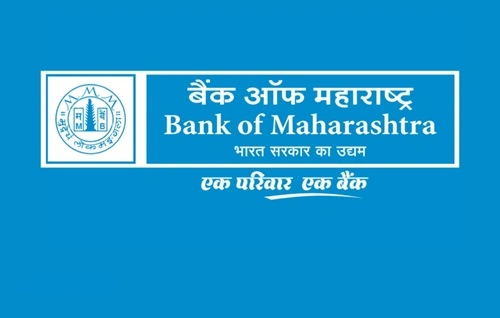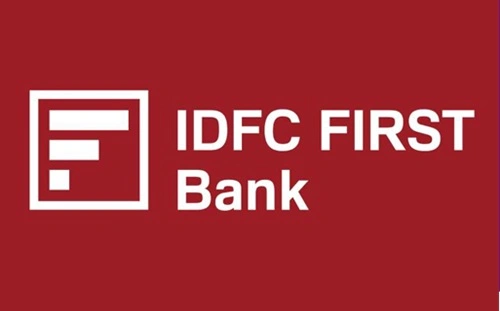See, the banking system has been part of human civilization for thousands of years now, but the modern-day banking system we see being used is actually just a few hundred years old. For example, the modern-day banking system in India started only in the 18th century. And without a single doubt, the banking segment is a big part of any nation’s economy out there because that’s how the money flows in the market, and that’s how things keep on flowing smoothly. Banks surely are the most important part of it all, with their services not just for the rich people or businesses, but for the general public as well. So if you’re someone super interested and intrigued about the banking system, then let’s get down to the history of it all, the different types, its structure as of right now, and how it all functions right here in India. Here we go then.
History of Banking in India

So, before anything else, how about we get down to the history side of things with the banking scene in India? Here:
If you look deep into stuff, you’ll get to know that the traces of banking can be found in ancient civilizations, especially right here in India. You know, there used to be people called the Jagat Seths who lent money to people, and this is somewhat very well mentioned in Indian scriptures like the Vedas.
Though it is true that if you have to give credit for the actual banking system we see today, you’d be thanking the Britishers for that, because it was all introduced back in Colonial and pre-Independence days. Back then, it was actually the Bank of Hindustan that became the first ever bank in the country back in 1770. But it had to be shut down back in 1832, so that’s sad stuff right there.
But before that happened, we actually got another big bank in the country that went by the name Bank of Calcutta, started in 1806. And yes, this is the bank that became Imperial Bank of India in 1921, and then was named as State Bank of India in 1955.
And what about the Reserve Bank of India then? Oh, well, that actually came into the picture after 1935, and ever since, it has become the main bank to look over all the other banks in the country. We’ll come to that later, but for now, let’s end this history lesson right here.
Structure of the Banking System in India (Aka Types of Banks)
1. The Reserve Bank of India (RBI) (The Big Boss)
First, on the very top is the RBI, which actually is the central bank. And as we hinted away already, yes, it is the bank that looks over all the other banks in the country. Though it is a bank but it works on more important stuff like money supply, sets interest rates, and makes rules that every other bank has to follow.
2. Scheduled and Non-Scheduled Banks
There was an act passed when the RBI became a thing, and we know that act as the Second Schedule of the RBI Act of 1934. So, it is pretty simple actually, those banks that fall under this act are considered to be the scheduled banks, and those who are excluded from it are simply the non-scheduled ones. Plain and simple!
3. Commercial Banks
The majority of the banks that you see today, like SBI, PNB, HDFC Bank, ICICI, Axis, Kotak, or any other popular bank, are actually commercial banks. If you go by the definition, well, these are the banks that accept deposits from the general public and give out loans.
4. Cooperative Banks
Yes, there are these banks called the Cooperative Banks, which are mostly run by their members and not shareholders like the commercial banks. Often, these also work like typical commercial banks, but on a much smaller scale.
5. Development Banks and Non-Banking Financial Companies (NBFCs)
Simply put, development banks are those that fund big projects that have future return promises, and NBFCs are the ones that act like banks but do not have a full banking license to operate in the country.
6. Specialized Banks
These are more modern options like the Payment Banks and Small Finance Banks. Sure, these banks have typical banking functionalities, but they do not operate as traditional banks.
Functions of the Indian Banking System
1. Core Banking Functions
- If you just want to know about the basics of banking, like how banks function, well, first of all, they accept deposits. When they do this, they actually lend this collective money to those who are in need, and charge them interest on this money. And this is how you and the bank get a share of the interest by lending this money to others.
- Then there are different types of bank accounts that these banks offer, like Savings Accounts, Current Accounts, or Fixed Deposits.
- We talked about how banks lend money to those who need, well, that’s called giving loans, and there are different options to that as well, like home loan, car loan, business loan, personal loan, etc.
- That is not just it though, banks are also known to offer payment and settlement services for businesses and regular people, like that’s true systems such as UPI, NEFT, RTGS, or IMPS. It’s all secure.
- Other than that, banks are involved in the foreign exchange scene as well.
2. Economic and Developmental Functions
You must have heard that banks are the most important aspect of the economy of a nation, and that’s just because these banks don’t deal with money all the time; they’re also into developing the nation. How? Well, first of all, there is the financial inclusion thing, which helps everyone get access to banking services. Banks also get involved in different government schemes like the Jan Dhan Yojana. Other than that, you must have often seen many policies where banks help out, specifically the small businesses and the farmers in the country, by giving them easy and cheap interest rate loans. And as we already talked about the development banks, where they also take part in big infrastructure projects by funding them, and that’s another plus point of the economy as a whole.
3. Digital Banking and Financial Innovation
Since digital banking is a super new thing, and financial innovation is happening year after year, that’s why the following things fall under this category only:
- Online and Mobile Banking
- Fintech and AI in Banking
- Rise of Neo-Banks


